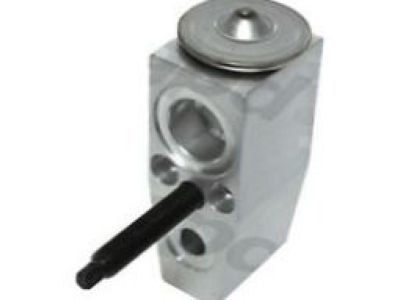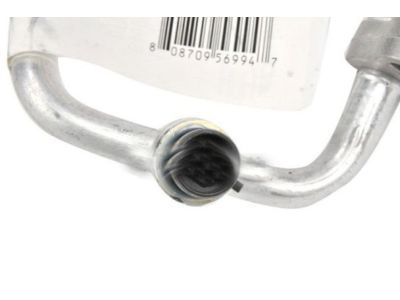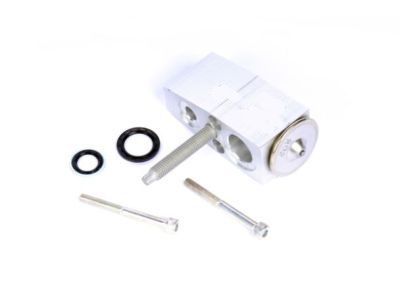
My Garage
My Account
Cart
Genuine Cadillac CTS A/C Expansion Valve
Air Conditioning Expansion Valve- Select Vehicle by Model
- Select Vehicle by VIN
Select Vehicle by Model
orMake
Model
Year
Select Vehicle by VIN
For the most accurate results, select vehicle by your VIN (Vehicle Identification Number).
3 A/C Expansion Valves found
Cadillac CTS Valve Kit, A/C Evaporator Thermal Expansion
Part Number: 22799445$54.67 MSRP: $112.84You Save: $58.17 (52%)Ships in 1-2 Business DaysCadillac CTS Valve Kit,A/C Evaporator Thermostat Expansion
Part Number: 19129999$116.34 MSRP: $240.12You Save: $123.78 (52%)Ships in 1-2 Business Days
Cadillac CTS A/C Expansion Valve
The A/C Expansion Valve part is involved in the regulation of the refrigerant in Cadillac CTS cars to enhance the AC effectiveness. Thus the A/C Expansion Valve controls the flow and regulates the efficiency and functionality of the A/C system. It is likely that different models of CTS may have given rise to the use of a number of different types of A/C Expansion Valve, each fulfilling a purpose in line with the machine's tasks during a given period of time. This is the primary difference among these varieties in terms of their operation: the manner in which refrigerant flow is regulated can impact on the system's sensitivity and its general cooling functionality. Therefore, it is clear that the A/C Expansion Valve play significant role for providing comfortable cabin environment on Cadillac CTS cars.
Each OEM Cadillac CTS A/C Expansion Valve we offer is competitively priced and comes with the assurance of the manufacturer's warranty for the part. Furthermore, we guarantee the speedy delivery of your orders right to your doorstep. Our hassle-free return policy is also in place for your peace of mind.
Cadillac CTS A/C Expansion Valve Parts Questions & Experts Answers
- Q: How to replace the A/C Expansion Valve on Cadillac CTS?A:There are various methods for converting high-pressure liquid refrigerant to lower pressure vapor in air conditioning systems. This conversion occurs at the air conditioning evaporator, which is cooled as the refrigerant passes through, ultimately cooling the airflow for delivery through the vents. Typically, this conversion is achieved through a sudden change in tubing size, while some vehicles may have a removable controlled orifice in one of the AC pipes at the firewall. However, the models I use employ an A/C expansion valve that serves the same purpose as a controlled orifice. To remove the A/C expansion valve, it is necessary to have the air conditioning system discharged by a licensed technician. After discharging, the evaporator core can be removed, and the refrigerant lines disconnected from the A/C expansion valve. The valve can then be removed by taking out the two securing bolts. The installation process is the reverse of removal. Finally, it is important to have the system evacuated, recharged, and leak tested by the same shop that discharged it.
Related Cadillac CTS Parts
Browse by Year
2019 A/C Expansion Valve 2018 A/C Expansion Valve 2017 A/C Expansion Valve 2016 A/C Expansion Valve 2015 A/C Expansion Valve 2014 A/C Expansion Valve 2013 A/C Expansion Valve 2012 A/C Expansion Valve 2011 A/C Expansion Valve 2010 A/C Expansion Valve 2009 A/C Expansion Valve 2008 A/C Expansion Valve 2007 A/C Expansion Valve 2006 A/C Expansion Valve 2005 A/C Expansion Valve 2004 A/C Expansion Valve 2003 A/C Expansion Valve

















